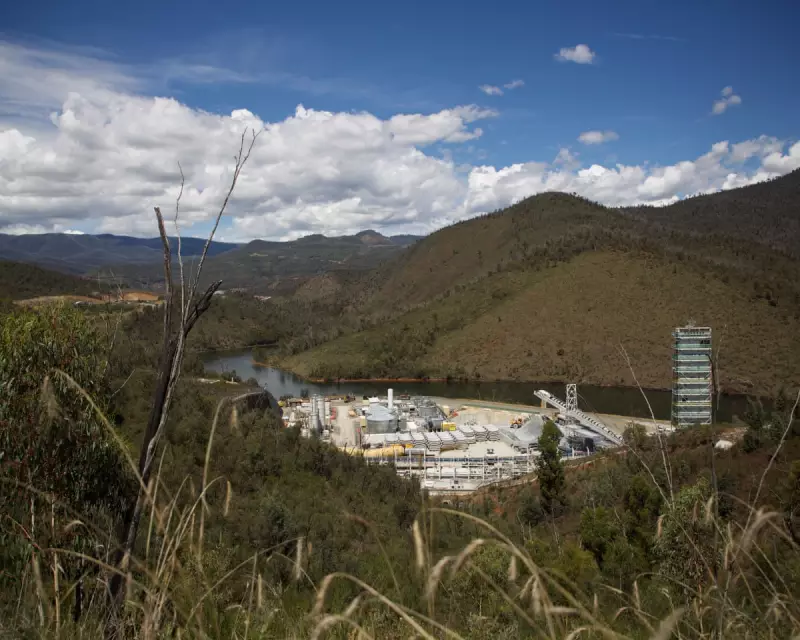
Australia's ambitious Snowy Hydro 2.0 project has been hit with another devastating cost blowout, with project leaders conceding the original $12 billion budget is now 'unachievable' amid mounting construction challenges and technical difficulties.
Budget Blowout Deepens Energy Crisis Concerns
The massive pumped hydro scheme, once hailed as a cornerstone of Australia's renewable energy future, now faces questions about its financial viability as costs continue to spiral out of control. Sources close to the project indicate that the final price tag could substantially exceed current estimates, dealing a significant blow to the nation's energy security plans.
Construction Woes and Technical Setbacks
Project insiders reveal that complex geological conditions and significant delays in tunnel boring have contributed to the latest financial crisis. The massive underground works, crucial for the project's success, have encountered unexpected rock formations that have slowed progress to a crawl.
Key challenges include:
- Unexpectedly hard rock conditions requiring specialised equipment
- Significant delays in tunnel boring machine progress
- Supply chain disruptions affecting critical component delivery
- Workforce shortages in specialised engineering roles
Political Fallout and Public Accountability
The latest financial revelations have sparked renewed criticism from opposition parties and energy experts, who question whether the project can still deliver value for taxpayers. With energy prices already putting pressure on Australian households and businesses, the timing of this announcement couldn't be worse for the government.
What This Means for Australia's Energy Future
The Snowy Hydro 2.0 project was designed to provide crucial grid stability and storage capacity as Australia transitions away from fossil fuels. This latest setback raises serious questions about the nation's ability to meet its renewable energy targets and maintain reliable power supply during peak demand periods.
Energy market analysts warn that further delays could exacerbate the looming energy crunch expected later this decade, potentially leading to higher electricity prices and reduced grid reliability.





